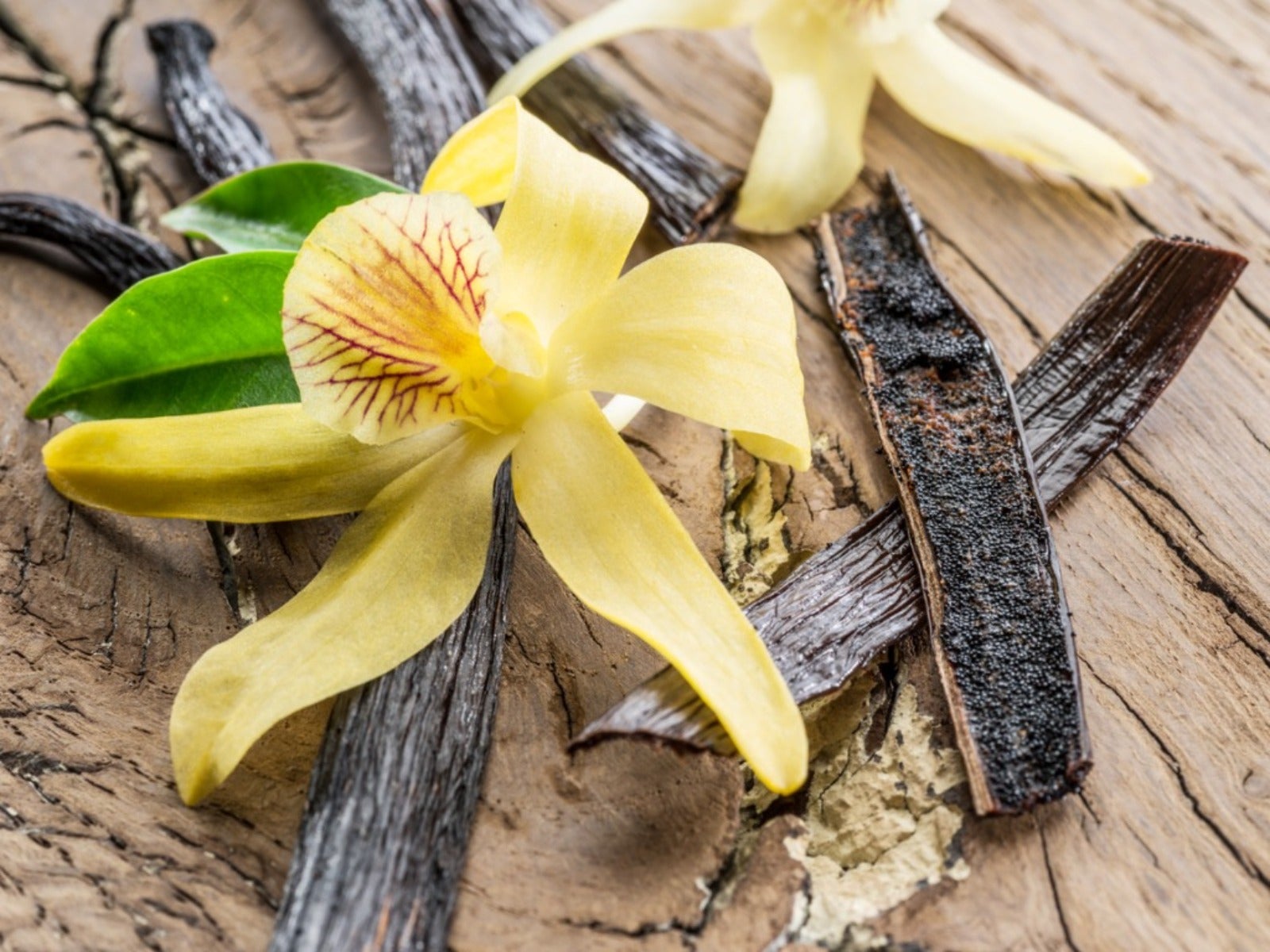Edible Orchids That Taste As Good As They Look


Much of our food comes to us from plants. Their varied forms, colors, and blooming habits make each species special in its own right, but orchids are standouts in the flora genre.
Can you eat orchids? Vanilla orchids are a well known plant that produces a delicious pod, however there are several other varieties of orchid that are commonly eaten around the world. Edible orchid flowers are just one part of the plant consumed, although many applications are not common in the Western world.
The natural world provides us with housing, clothing, fuel, and food. Much of what we know about our food comes to us from our ancestors, whose palates were varied and adventurous. The first person who considered an orchid edible is lost to history, but the plants have a long and storied past in many cuisines. Not every orchid is edible but many are delicious in flower, pod, and root.
Are Orchids Edible?
It would be unwise to put just any orchid in your mouth, but centuries of trial and error have identified the plants that are tasty. Vanilla orchids develop deeply brown, leathery pods , which are the source of a common baking ingredient. Vanilla planifolia and Vanilla pompona are the usual source for the beans. But there are other orchids that produce aromatic pods. The Vanillas odorata, cribbiana, and insignis also produce scented pods, but they are not eaten.
Two species outside the Vanilla genus are also used as vanilla substitutes. These are Selenipedium chica and Leptotes bicolor. The plants are notoriously difficult to grow, but in 1841, a young man developed a way to hand pollinate the flowers which is still used today. This allowed the introduction of vanilla to Europe and eventually the world.
Facts on Vanilla Orchids
Vanilla is the second most expensive flavor, with saffron number one. It is also the most popular flavor in the world. Until the 19th century, Mexico had the corner on the vanilla market, but most of our vanilla today is grown in Madagascar and Indonesia. Some vanilla is grown in Hawaii and Puerto Rico, but shipping costs in any area continue to make the flavoring expensive.
Growing and harvesting the plant is also labor intensive. The native, tropical American plant produces a very large, creamy white, yellow, or pink bloom but it only lasts one day. The plant matures to vines and is semi-epiphytic. The leaves are oval and deeply green. Vanilla orchids are hardy in USDA zones 10-11. In Florida, there are four native species of vanilla, but these are endangered and not harvested. Vanilla is the only edible fruit bearing species of orchid.
Gardening tips, videos, info and more delivered right to your inbox!
Sign up for the Gardening Know How newsletter today and receive a free copy of our e-book "How to Grow Delicious Tomatoes".
Other Edible Orchids
Vanilla may be the most well known orchid edible, but other species also have culinary attributes. Plants in the genus Orchis are often used to make a delicious drink called sahlab. The roots of the plants are dried and pounded to powder, enhanced with spices, and served as a warm beverage. Turkish ice cream is also made from sahlab.
The pounded orchid tubers are made into Chikanda, a Zambian food that is thickened and served sliced. In the Dendrobium genus, some have edible flowers and the stalks are sliced and used in stir frys. Cymbidium orchids cooked with spices and cheese comprise the dish Olatshe. Even orchid flowers that are edible may cause stomach upset. Orchid roots of many varieties have formed part of traditional medicine in Greek and China. Their efficacy is unknown, but they were considered non-toxic.

Bonnie Grant is a professional landscaper with a Certification in Urban Gardening. She has been gardening and writing for 15 years. A former professional chef, she has a passion for edible landscaping.
-
 Looking For Plants To Give You The Soft And Fuzzies? Try These 5 Fuzzy Leaf Plant Options
Looking For Plants To Give You The Soft And Fuzzies? Try These 5 Fuzzy Leaf Plant OptionsLovers of texture, drama, silver foliage and tactile plants will adore these special sensory garden additions. These fuzzy leaf plant options will leave you all aglow
By Susan Albert
-
 Get Ready For A Summer Of Hummers! Grow These Full Sun Hummingbird Plants and Flowers
Get Ready For A Summer Of Hummers! Grow These Full Sun Hummingbird Plants and FlowersIf you’re lucky enough to enjoy a sunny backyard, make sure you are maxing out on your pollinator opportunities and grow these full sun hummingbird plants and flowers
By Tonya Barnett